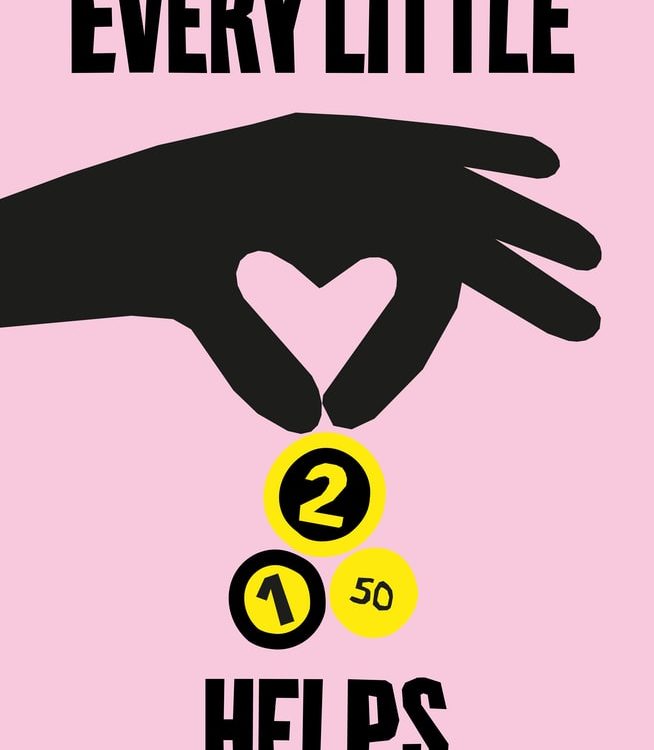Have you ever wanted to attend a fair but none of your friends were free or interested in coming along? Well, don’t be afraid of going alone. You may be anxious and be asking yourself all sorts of questions such as:
- Will I have fun alone?
- Will I meet new people?
- How do I handle going alone?
- Will I enjoy myself?
These are all valid questions that you may ask, and the answer to them will in most cases be “YES”.
Going to a fair sounds scary, but it can be one of the most exciting and adventure experiences if you are really interested in the fair. In the end, you will always be making friends whether you like it or not, you will be talking to other people and sharing experiences.
It can be nerve-wracking, especially for those that are introverted, but taking the first step in making new friends makes it infinitely easier in future scenarios.
Here are some tips that I use when going to a festival alone.
-
Talk to people when waiting
When waiting in line for something, whether it be getting food or getting a ticket. You can strike up a conversation with the person behind you or even the person in front of you. Since you are both going doing the same thing, there’s already something that you have in common that you can talk about. It is important that you introduce yourself first, ask them about something related to what you’re doing.
-
Participate
Participate in activities, whether it be yoga sessions, art sessions, or even a dance workshop. Getting involved with other people, creates the opportunity for you to speak with people. There are even activities that require you to be with a pair, it can be daunting trying to find a partner if you’re alone, but there will be in most cases someone one that is alone and doesn’t have a partner yet, or someone from a group that doesn’t have a partner as there isn’t enough people in the group. Once you meet someone in a group, they are more likely to introduce you to their entire group, which expands your connections and introduces you to more familiar faces and potential friends.
-
Don’t be nervous
This can be difficult for people that don’t have much experience, but as you build up more experience you become more and more confident in yourself. For some people, making small talk is natural but not so easy for others. There are all kinds of different situations that you’ll encounter, and its important that you adapt as necessary. I’ve met several lifelong friends both at fairs whilst being alone and in a group simply because we shared the same interests.
-
Read the Signs
When introducing yourself to someone, its important that you guys are on the same length wave. If someone is constantly giving you short answers and doesn’t seem interested in continuing the conversation, then perhaps it may be a sign that they aren’t interested in. In this case, it is better to simply move on and try to find new friends to talk with. If you are constantly hanging around them when they are not interested, then it may bother them and probably wont get you anywhere. It is important that you trust your gut feeling.



